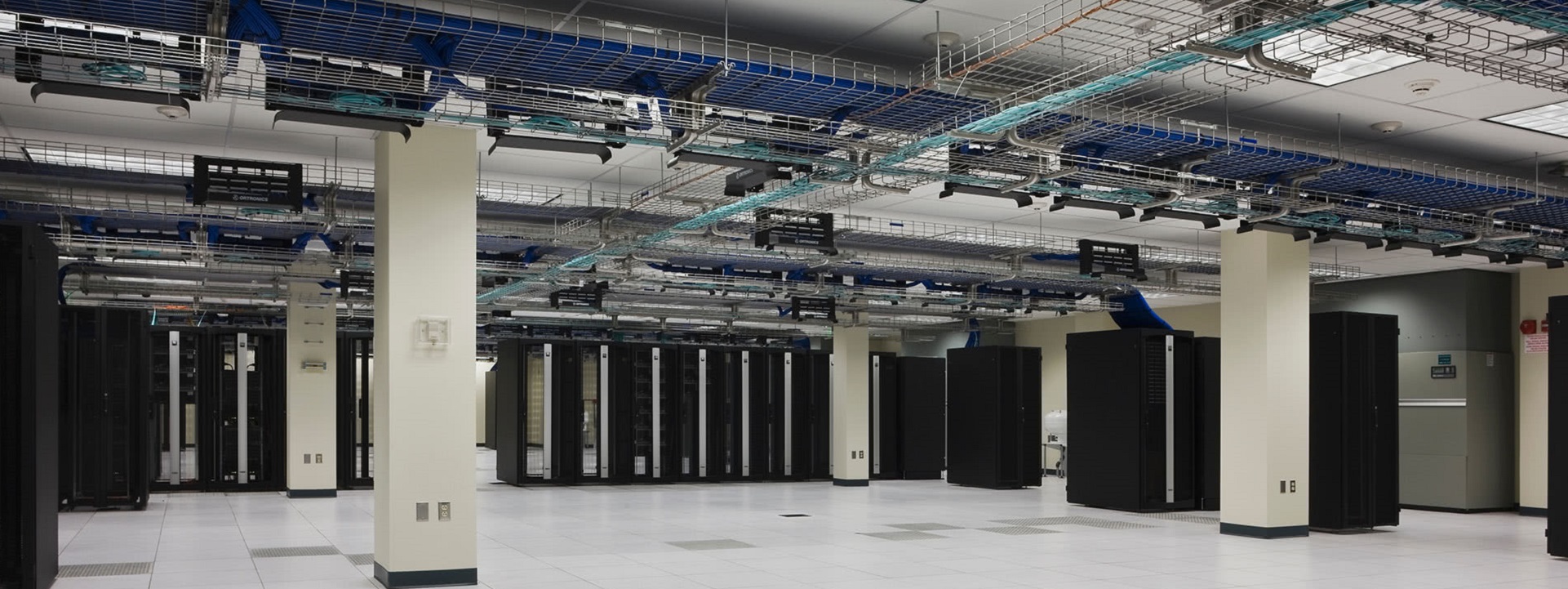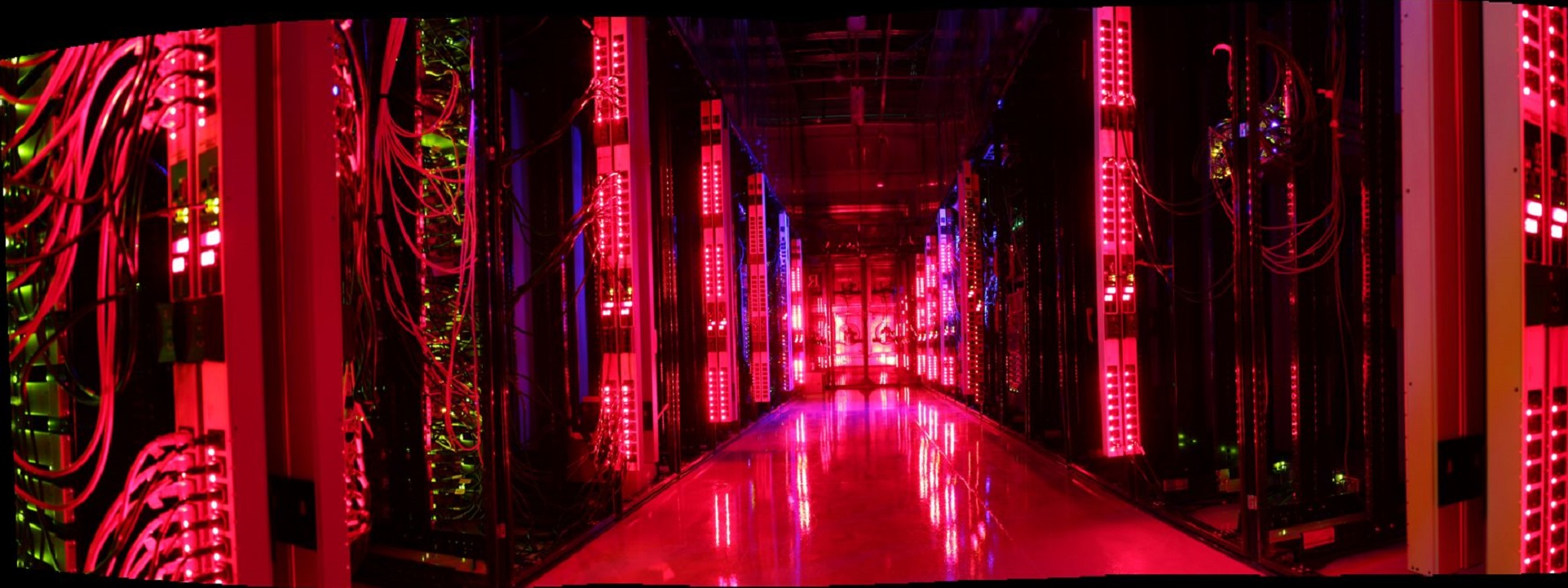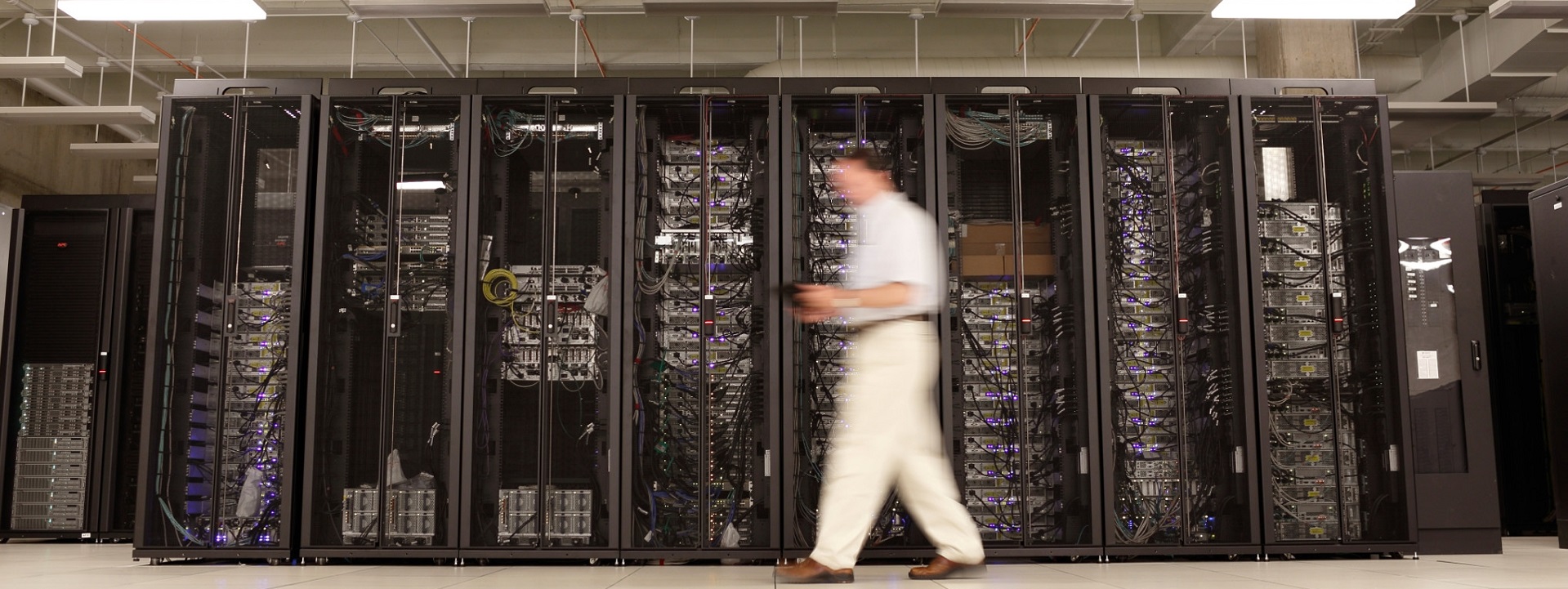US National Telecommunications and Information Administration | Federal Communications Commission

Department of Industry, Science and Resources
Tune in to our latest podcast ‘Building a global Quantum Industry: Explaining, Scaling and Standardising Quantum Technologies’ where experts draw upon quantum’s most exciting applications.https://t.co/dFun1MTkDE
— Standards Australia (@standardsaus) November 29, 2023
Evolution of the standards system in Australia is tracking the evolution of the United States standards system administered by the American National Standards Institute. In many economic sectors adherence to Australian Standards is mandated by legislation, however, access to the standards are often cost prohibitive, particularly to small business and sole traders.
Principal petitioner Andrew Gardso, an electrical engineer, states,
“This in essence will force small organisations and sole traders out of business or necessitate services being performed without having access to these standards.”
Access to Standards Australia Construction codes can cost more than $2673 for three years’ access to the National Construction Code set of standards. A petition to the Australian parliament’s House of Representatives seeks free or affordable access to essential standards that govern the safety and consistency of products services and systems, including design and construction.
Survey and Analysis of Current End-User Data Analytics Tool Support
Three ways Artificial Intelligence is transforming agriculture and food
*
Canadian Parliament Debate on Standards Incorporated by Reference
This week, we hosted the @IECStandards #smartcities committee in Sydney. Experts discussed smart tech and #sustainability to tackle #urbanchallenges. Discover more about our efforts to build resilient, sustainable cities: https://t.co/GOjoOBXoc9 pic.twitter.com/gvqvegx4km
— Standards Australia (@standardsaus) February 14, 2025
This content is accessible to paid subscribers. To view it please enter your password below or send mike@standardsmichigan.com a request for subscription details.







Data centers in colleges and universities are crucial for supporting the extensive technological infrastructure required for modern education and research. These centers house critical servers and storage systems that manage vast amounts of data, ensuring reliable access to academic resources, administrative applications, and communication networks. They enable the secure storage and processing of sensitive information, including student records, faculty research, and institutional data.
Uptime Institute Tier Classification
Moreover, data centers facilitate advanced research by providing the computational power needed for data-intensive studies in fields like bioinformatics, climate science, and artificial intelligence. They support virtual learning environments and online course management systems, essential for the increasingly prevalent hybrid and online education models. Efficient data centers also contribute to campus sustainability goals by optimizing energy use through modern, eco-friendly technologies.
ANSI/TIA 942 Data Center Infrastructure Standard
Additionally, robust data center infrastructure enhances the university’s ability to attract top-tier faculty and students by demonstrating a commitment to cutting-edge technology and resources. They also play a vital role in disaster recovery and business continuity, ensuring that educational and administrative functions can resume quickly after disruptions. Overall, data centers are integral to the academic mission, operational efficiency, and strategic growth of colleges and universities.
We have followed development of the technical standards that govern the success of these “installations” since 1993; sometimes nudging technical committees — NFPA, IEEE, ASHRAE, BICSI and UL. The topic is vast and runs fast so today we will review, and perhaps respond to, the public consultations that are posted on a near-daily basis. Use the login credentials at the upper right of our home page.
Related:
Ernst & Young LLP: Why there is no silver bullet for data center financing
Power Management For Data Centers Challenges And Opportunities
The RELLIS Data and Research Center will be a public – private development with Texas A&M University. The data center will be built on the new RELLIS Campus located in College Station, Texas. It will offer cloud storage and outstanding managed services. The RELLIS Academy and Research Lab offers the ability for Texas A&M University to give real world data center experience to both students and faculty.
This content is accessible to paid subscribers. To view it please enter your password below or send mike@standardsmichigan.com a request for subscription details.
This content is accessible to paid subscribers. To view it please enter your password below or send mike@standardsmichigan.com a request for subscription details.
#UQ ranked 41st in the world in the QS World University Rankings: Sustainability, which recognises an institution’s efforts across areas including environmental sustainability, education, research, and health and wellbeing.@worlduniranking pic.twitter.com/CJDfgqsqjs
— UQ News (@UQ_News) December 18, 2024
International Building Code Chapter 23: Wood
Building schoolhouses with wood in the United States had significant practical and cultural implications, particularly during the 18th and 19th centuries. Wood was the most readily available and cost-effective material in many parts of the country. Abundant forests provided a plentiful supply, making it the logical choice for construction. The use of wood allowed communities to quickly and efficiently build schoolhouses, which were often the first public buildings erected in a new settlement.
Wooden schoolhouses were emblematic of the pioneering spirit and the value placed on education in early American society. These structures were often simple, reflecting the modest means of rural communities, but they were also durable and could be expanded or repaired as needed. The ease of construction meant that even remote and sparsely populated areas could establish schools, thereby fostering literacy and learning across the nation.
Moreover, wooden schoolhouses became cultural icons, representing the humble beginnings of the American educational system. They were often the center of community life, hosting social and civic events in addition to serving educational purposes. Today, preserved wooden schoolhouses stand as historical landmarks, offering a glimpse into the educational practices and community life of early America. Their construction reflects the resourcefulness and priorities of the early settlers who valued education as a cornerstone of their communities.
Building schoolhouses with wood presents several technical challenges, including durability, fire risk, maintenance, and structural limitations. Here are the key challenges in detail:
Despite these challenges, wooden schoolhouses were popular in the past due to the availability of materials and ease of construction. Addressing these technical challenges requires careful planning, use of modern materials and techniques, and regular maintenance to ensure the longevity and safety of wooden schoolhouses.
Related:
Eurocode 5 (EN 1995): Design of timber structures
Minimum Design Loads and Associated Criteria for Buildings and Other Structures
The 2024 National Design Specification for Wood Construction was developed by AWC’s Wood Design Standards Committee and approved as a standard by ANSI (American National Standards Institute) on October 16, 2023. The 2024 NDS is referenced in the 2024 International Building Code.
International Code Council Mass Timber: Outcomes of the ICC Tall Wood Ad Hoc Committee
Related:
New update alert! The 2022 update to the Trademark Assignment Dataset is now available online. Find 1.29 million trademark assignments, involving 2.28 million unique trademark properties issued by the USPTO between March 1952 and January 2023: https://t.co/njrDAbSpwB pic.twitter.com/GkAXrHoQ9T
— USPTO (@uspto) July 13, 2023
Standards Michigan Group, LLC
2723 South State Street | Suite 150
Ann Arbor, MI 48104 USA
888-746-3670
